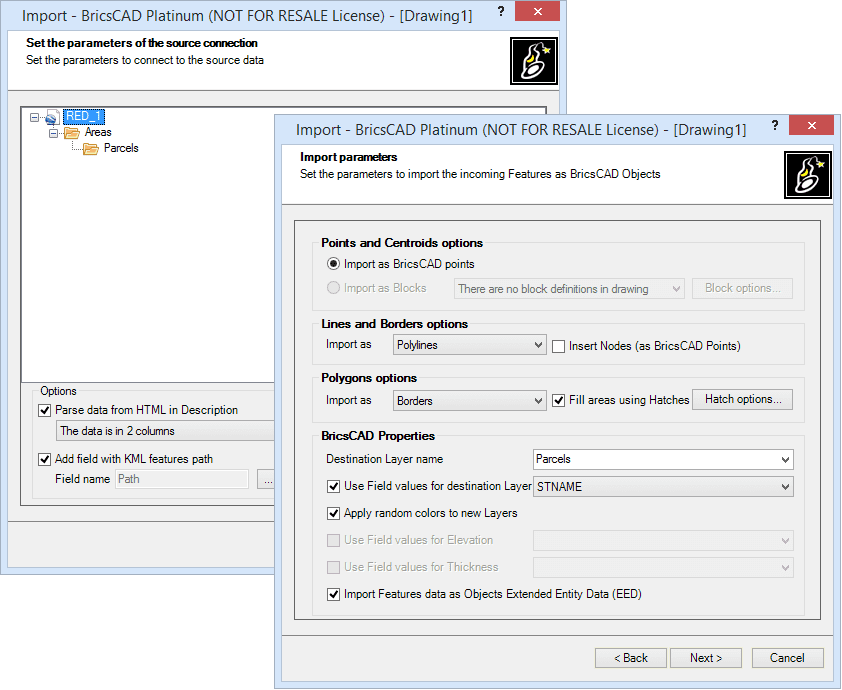

It was used to store the US road network for major urban areas, which is a key factor in census information. The GPF-DIME file format was developed by the US Census Bureau in the late 1960s as one of the first GIS data formats to exist. Geographic Base File-Dual Independent Mask Encoding (GBF-DIME) Bureau of Census Topologically Integrated Geographic Encoding and Referencing (TIGER) data were generated using the standard DLG format.

For example, this includes townships & ranges, contour lines, rivers, lakes, roads, railroads and towns. The OpenStreetMap plugin can convert PBF to OSM, which then can be used in QGIS.ĭigital Line Graph (DLG) files are vectors in nature that were generated on traditional paper topographic maps. The more efficient, smaller PBF Format (“Protocolbuffer Binary Format”) is an alternative to the XML-based format.The data interoperability in QGIS can load native OSM files. The GIS format OSM is OpenStreetMap’s XML-based file format. These files are a collection of vector features from crowd-sourced contributions from the open community. OSM files are the native file for OpenStreetMap which had become the largest crowdsourcing GIS data project in the world.

And eXtensible Markup Language (XML) is both human-readable and machine-readable. GML allows for the use of geographic coordinates extension of XML. Fortunately, JavaScript can convert JSON to binary. But JavaScript only understands binary objects. Webmaps browsers understand JavaScript so by default GeoJSON is a common web format. GeoJSON has a straightforward syntax that you can modify in any text editor. GeoJSON store objects within curly braces and in general have less markup overhead (compared to GML). This includes vector points, lines and polygons as well as tabular information. GeoJSON stores coordinate as text in JavaScript Object Notation (JSON) form. The GeoJSON format is mostly for web-based mapping. Geographic JavaScript Object Notation (GeoJSON) PRJ is the projection system metadata.XML is the associated metadata.SBN is the spatial index for optimizing queries.SBX optimizes loading times.You can optionally include these files but are not completely necessary. It’s so ubiquitous that it’s become the industry standard.īut you’ll need a complete set of three files that are mandatory to make up a shapefile. All commercial and open source accept shapefile as a GIS format. The shapefile is BY FAR the most common geospatial file type you’ll encounter.


 0 kommentar(er)
0 kommentar(er)
